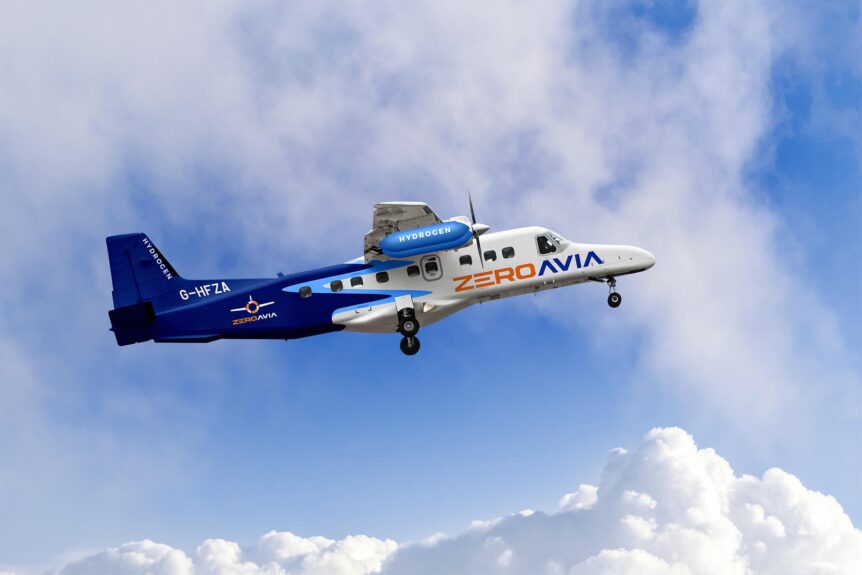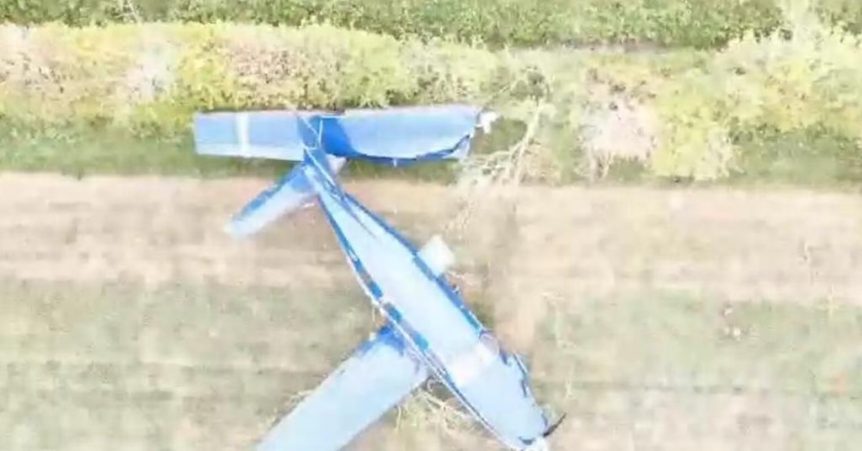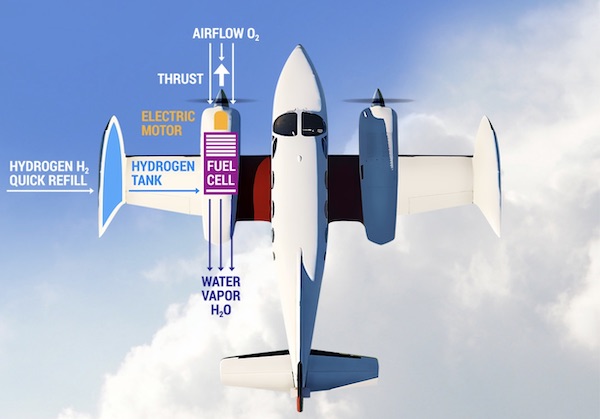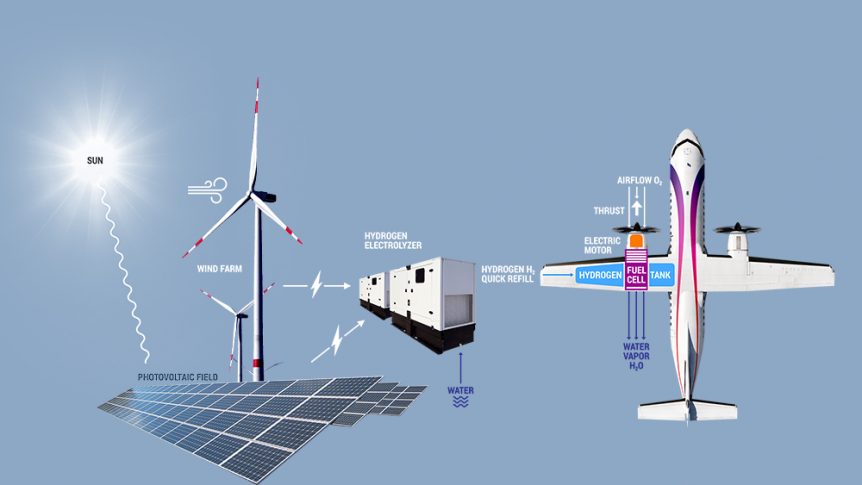Stephen Bridgewater made a quick announcement on ZeroAvia’s Twitter feed Thursday January 19 about a Dornier 228 that flew with a hydrogen-powered motor on its left wing. ZeroAvia continues making the largest-yet H2 flights. ZeroAvia’s 19-seat Do228 flew today (from Kemble) at 13.35 UK time. It’s the largest hydrogen-electric powered aircraft yet to fly (hydrogen-electric engine on left wing and Honeywell TPE-331 on the right). This comes a year after the firm started modifications to the twin-engine Dornier aircraft in both England and California, and a little over two years since it flew a Piper Malibu first on batteries, and then hydrogen. Despite a crash landing that ended the Cranfield, England-based Malibu, ZeroAvia has stuck to its ambitious schedule. Another Piper Malibu continued testing at Hollister, California, part of the company’s efforts toward achieving both English and American certification. Performing engine tests early last years and following up with taxi tests at increasing speeds, ZeroAvia made a 10-minute airport circuit …
ZeroAvia’s Malibu in Off-Airport Incident
We share this press release from ZeroAvia to allay any rumors or misinterpretations as to what happened May 1 on a test flight of ZeroAvia’s Piper Malibu. The aircraft was damaged in an off-airport landing, but everyone on board managed to exit the craft safely and carried out safety protocols. The incident will doubtless be thoroughly investigated by ZeroAvia’s team and by the United Kingdom’s own Civil Aviation Authority. ZeroAvia Off-Airport Landing Review 1 May, 2021, 08:00 BST On April 29th, 2021, ZeroAvia’s R&D aircraft made an off-airport landing just outside Cranfield airport perimeter during a routine pattern test flight (logged as ZeroAvia Test 86, and the 6th flight in this flight testing segment). The aircraft landed normally on its wheels in a flat grass field and almost came to a stop, but was damaged as it caught the left main gear and wing in the uneven terrain at the end of the field at low speed. Everybody involved is …
ZeroAvia First Out of the Gate with Hydrogen Flight
An Historic Hydrogen Outing While Airbus and MagniX promote the near- and not-so-near virtues of hydrogen-powered flight, ZeroAvia has demonstrated such flight with the largest H2-powered aircraft so far. Their Cranfield, England-based Piper Malibu flew on H2 power for the first time September 24 on an eight-minute circuit. The blue Malibu reached 1,000 feet and a top speed of 100 knots true air speed. Quick to capitalize on the successful mission, , ZeroAvia founder and CEO Val Miftakhov held a press conference the next day. In it, he explained his team,“has had discussions with seven aircraft manufacturers about possible retrofit and new-build applications for the propulsion system. He said the company has signed letters of intent with 10 airlines that have expressed an interest in the program based on presentations made to around 30 different prospective operators.” Earlier flights in Hollister, California and Cranfield were battery powered “to evaluate different elements of the powertrain.” Unspecified modifications helped prepare the craft …
Hydrogen Malibu’s on Two Continents
Tuesday, June 23, ZeroAvia flew a hydrogen-powered Piper Malibu from Cranfield Airport in England., eight time zones from ZeroAvia’s home base in Hollister, California. Flown by Andrew Dixon, that and a subsequent flight gained extra publicity for “a James Bond stunt pilot*” helming the first electric aircraft capable of carrying passengers from a United Kingdom airport. Dixon reported that the battery-powered Piper Malibu needed 10 per cent less distance for take-off and climbed faster than normal. The Airplane Was the Real Star Reflecting the high-flying status of the test pilot, the airplane, part of a government-funded “HyFlyer” project, flew two missions on two days of 15 and 25 minutes each. Its two automotive-based batteries easily carried the six-passenger aircraft on its tours of the Bedfordshire countryside. The second of two Piper Malibus to be converted by ZeroAvia, the craft will be converted to hydrogen power before an October or November “300-mile flight from Orkney to an airport on the Scottish …




